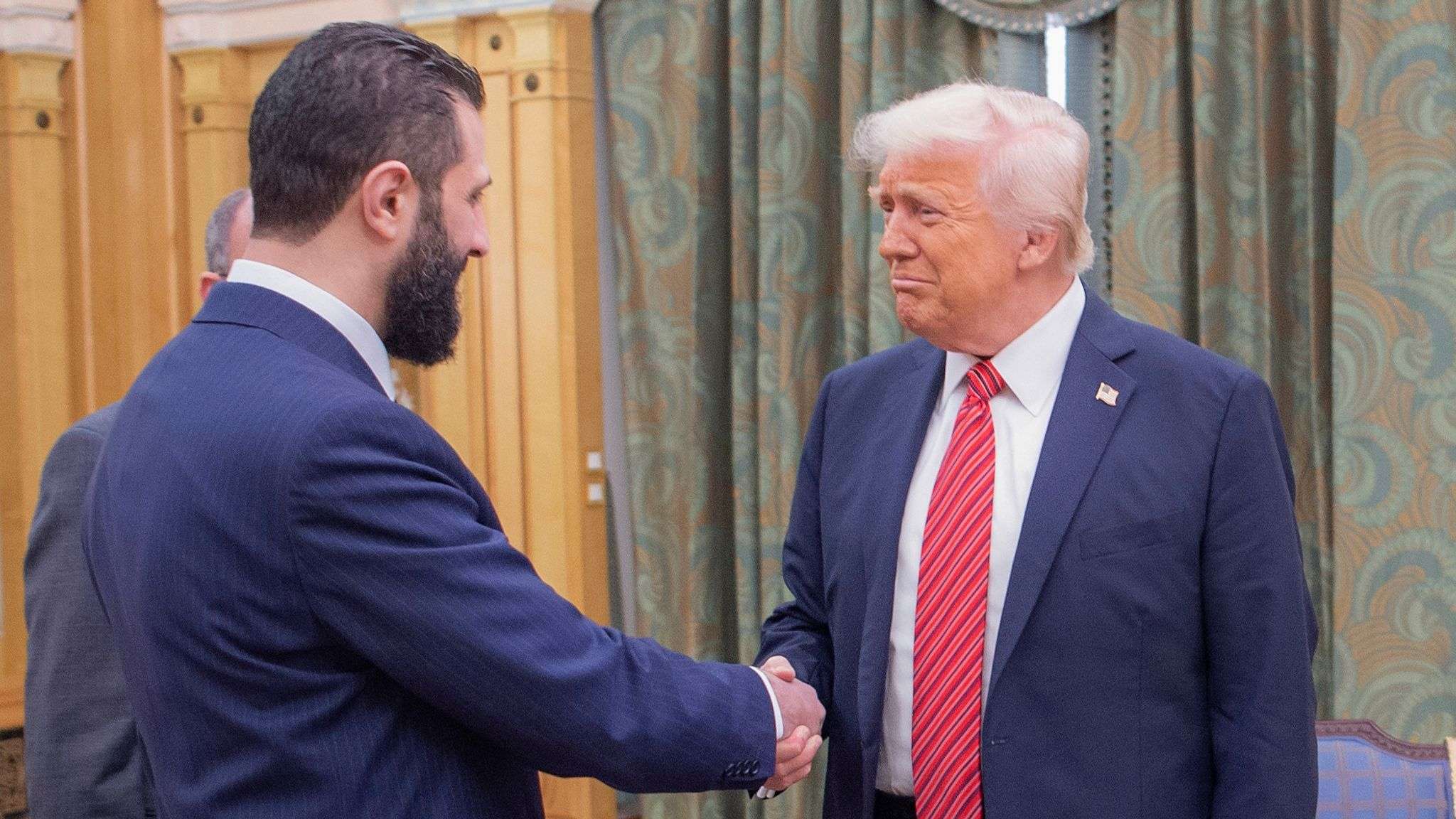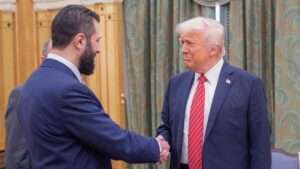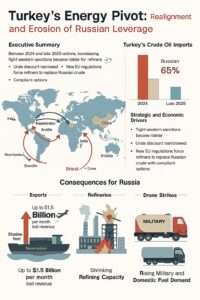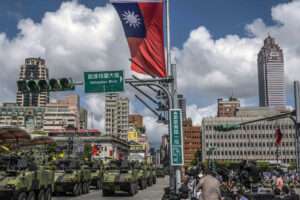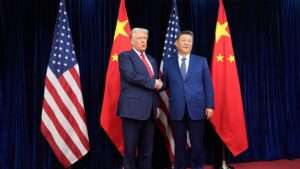By Alain Renald
In a move that underscores the rapid thawing of long-frozen diplomatic ties, Syrian President Ahmed al-Sharaa arrived in Washington, D.C., on Saturday, November 8, 2025, for what analysts are calling a landmark official visit. This trip, marking the first time a Syrian head of state has set foot in the White House since Syria’s independence from French colonial rule in 1946, signals a profound shift in U.S.-Syria relations after decades of isolation and conflict. Al-Sharaa, the former rebel leader who orchestrated the ousting of longtime dictator Bashar al-Assad late last year, is scheduled to meet U.S. President Donald Trump at the White House on Monday, November 10. The agenda? A potential agreement to integrate Syria into the U.S.-led global coalition against the Islamic State (ISIL or ISIS), alongside discussions on humanitarian aid, sanctions relief, and regional stability.
Ahmed al-Sharaa’s path to the Oval Office reads like a geopolitical thriller. Two decades ago, he was a detainee in a U.S.-run prison in Iraq, captured for his affiliations with al-Qaida militants fighting American forces during the Iraq War. Fast-forward to 2011, and al-Sharaa emerged as a key figure in Syria’s uprising against Assad, leading Hayat Tahrir al-Sham (HTS), a group once designated by the U.S. as a terrorist organization with ties to al-Qaida. A $10 million bounty hung over his head, and sanctions choked Syria’s economy under the Caesar Act, aimed at curbing human rights abuses by the Assad regime.
But al-Sharaa’s transformation has been swift and strategic. After HTS spearheaded the rebel offensive that toppled Assad in late 2024, the new Syrian leadership pivoted toward moderation. In July 2025, the U.S. revoked HTS’s terrorist designation, followed by the lifting of the bounty on al-Sharaa in December 2024. Just days before his arrival in the U.S., Washington removed him from its terrorism blacklist entirely, a gesture hailed by State Department spokesman Matthew Pigott as recognition of “progress demonstrated by the Syrian leadership after the departure of Bashar al-Assad and more than 50 years of repression.”
This visit builds on al-Sharaa’s earlier foray onto American soil. In September 2025, he addressed the United Nations General Assembly in New York—the first Syrian president to do so in 58 years—where he outlined a vision for a “new Syria” focused on reconciliation and reconstruction. That trip, coupled with a brief meeting with Trump in Riyadh in May 2025 during the U.S. president’s Middle East tour, laid the groundwork for this week’s high-stakes diplomacy.
The timing of al-Sharaa’s visit could not be more poignant. It coincides with Syria’s announcement of a “large-scale operation” targeting ISIL sleeper cells across the country, including 61 raids and 71 arrests by the interior ministry in a single day. U.S. envoy to Syria Tom Barrack has expressed optimism that al-Sharaa will sign an agreement during the visit to formally join the international anti-ISIS coalition, a move that could see U.S. troops in northeastern Syria—currently supporting Kurdish forces—coordinate more closely with Damascus.
Yet, the discussions extend far beyond counterterrorism. Al-Sharaa is pushing for a full repeal of the Caesar Act sanctions, which have crippled Syria’s economy and exacerbated a humanitarian crisis affecting millions. In a lighter moment upon arrival, the Syrian president shared a social media video of himself shooting hoops with CENTCOM commander Brad Cooper and anti-ISIS coalition head Kevin Lambert, captioning it “work hard, play harder”—a nod to blending diplomacy with rapport-building.
Broader regional implications loom large. Trump, who recently praised al-Sharaa as a “young, attractive guy. Tough guy. Strong past… Fighter,” views the visit as part of his “diplomacy to meet with anyone around the world in the pursuit of peace.” U.S. officials hint at using Syria’s realignment as a model for stabilizing Lebanon, potentially paving the way for dialogues with Israel. On Capitol Hill, however, divisions persist: Senate Democrats like Jeanne Shaheen advocate for unconditional sanctions relief, while Republicans like Lindsey Graham push for six-month reviews tied to progress benchmarks.
Not everyone is toasting the visit. Critics, including human rights advocates, warn that al-Sharaa’s past ties to extremism demand rigorous oversight. HTS’s history of abuses in Idlib raises questions about whether Syria’s new guard can truly break from its violent legacy. Moreover, with U.S. troop reductions in Syria underway, any deepened military ties risk entangling Washington in the country’s fractious ethnic and sectarian divides.
Still, the symbolism is undeniable. As al-Sharaa steps into the White House, he embodies Syria’s fragile hope for reintegration into the international community. “This is further testament to the U.S. commitment to regional security and stability,” a White House spokesperson noted.
For a nation scarred by civil war, foreign intervention, and isolation, Monday’s meeting could herald not just a bilateral thaw, but a new era for the Middle East.
As the world watches, one thing is clear. Ahmed al-Sharaa’s visit is no mere formality. It’s a high-wire act of redemption, reconciliation, and realpolitik—one that could reshape alliances from Damascus to Jerusalem.

